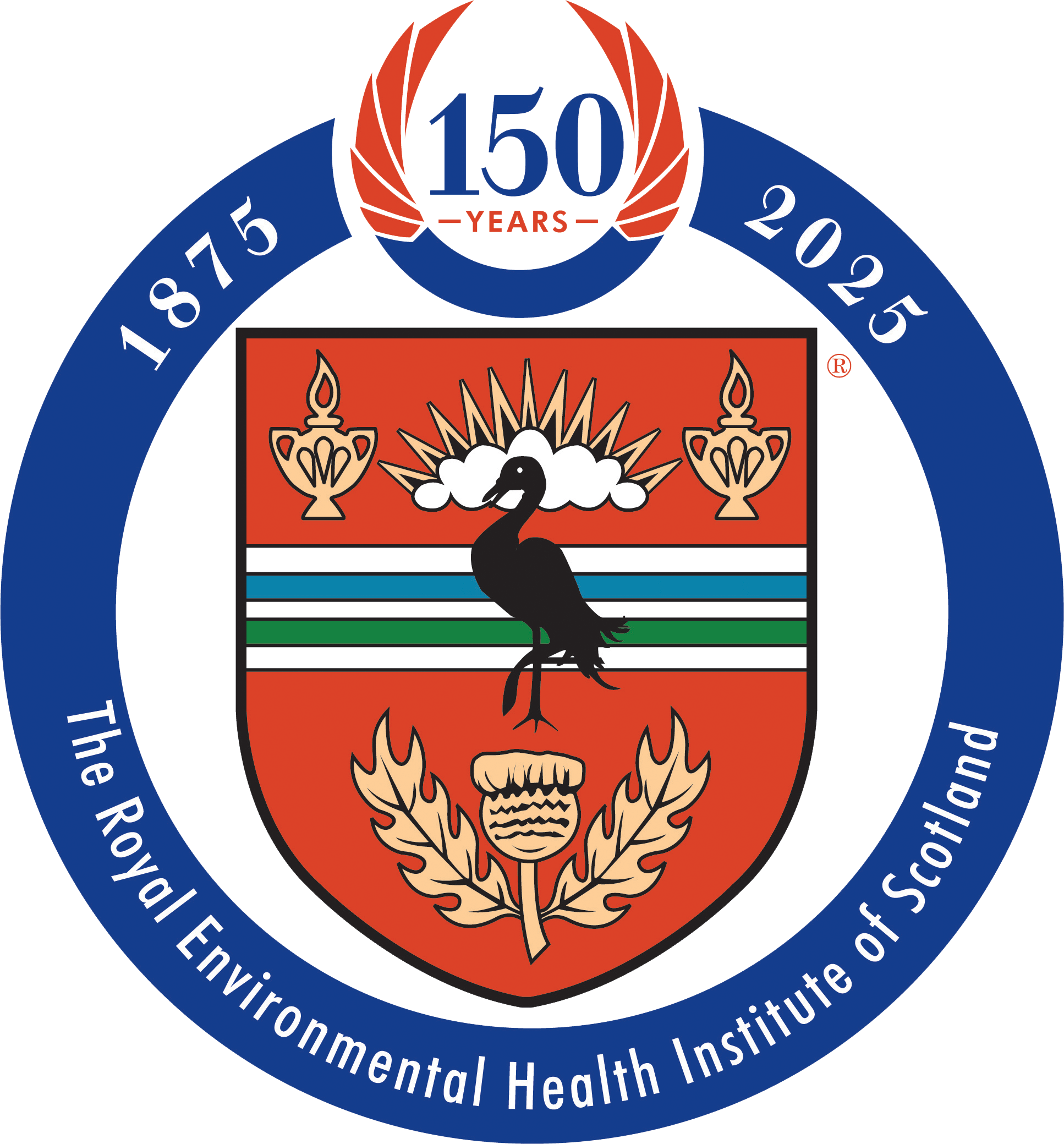The Western Isles’ mild oceanic climate could be helping a pest to survive in places where it was not previously thought to thrive
Ticks can often be encountered in woodland, but new research has found high numbers in some treeless island habitats.
Lyme disease can be spread to humans from the bite of infected ticks.
Researchers found some isles had an incidence of the disease 40 times higher than the Scottish average.
The Western Isles has been trying to tackle the risk posed by infected ticks for a number of years.
Parts of Uist have seen the biggest problems, with roaming deer blamed for spreading ticks.
The new study involved researchers from the universities of Liverpool and Glasgow working with NHS Western Isles and public body NatureScot.
On islands with a high incidence of Lyme disease, the researchers found open habitats, including grassland and domestic gardens, had similar tick density and prevalence of infected ticks as forested mainland sites in Scotland.
Dr Roman Biek, of the University of Glasgow, said: “This is a striking finding and suggests that microclimatic conditions in these open habitats, possibly driven by the milder oceanic climate on the Western Isles, can be as conducive to tick survival as conditions in woodlands.”
“Our study highlights the potential for Lyme disease to emerge in habitats with a suitable climate other than forests so we should be looking at non-forested habitats more broadly both in the UK and globally.”
Dr Caroline Millins, of the University of Liverpool, said there was still much to be understood about why some parts of the Western Isles were worst affected than others.
She said: “Superficially, the habitats and the climate of these islands look very similar, yet the incidence of Lyme disease on some islands is 40 times higher than the national average for Scotland, while other nearby islands are relatively less affected.
“This is really intriguing from an ecological and public health perspective so we wanted to try and understand what could be causing this difference.”
Isabell MacInnes, public health nurse Specialist with NHS Western Isles, said: “We are aware of the increasing numbers of cases of Lyme disease being reported in people living in the Western Isles, and we welcome the evidence provided through this research, which we will use to guide future Public Health actions.”
NatureScot said it would use the research to help deer management in Uist.
About 200 people a year in Scotland are recorded with Lyme disease disease but the true number is thought to be much higher.
The disease is a bacterial infection spread by a bite from an infected tick.
Flu-like symptoms and fatigue are often the first noticeable signs of infection. An untreated bite often shows as a distinctive red circle-like mark on a person’s skin.
Diagnosed cases of Lyme disease can be treated with antibiotics, but, if left untreated, neurological problems and joint pain can develop months or years later.
Ticks are small arthropods related to spiders, mites and scorpions. Britain has a number of different species.





